“GasVets”
— the men and women who work the rigs, compressor stations and pipelines; drive, clean and maintain the trucks; and staff on-site industry offices —
have been ailing, ignored and dying for years:
***********************
Check out GASWORK, a new film by Josh Fox
***********************
GasVets and their families know the crippling symptoms and pain that follow exposures to radioactive materials and unidentified toxic chemicals, but the injuries to GasVets and their families are caused by more than toxins.
Despite the fact that most commercial truckers are legally restricted to 14 hour shifts, during the past decade, more than 300 GasVet families have buried loved ones who died in highway crashes after being forced by gas industry affiliates to drive 20-hour shifts.
No matter how our GasVets are harmed, they and their families know that daily pain is just the beginning.
When GasVets complain to industry employers of deteriorating health, they can expect to be fired. If a GasVet is one of the scant few with employer-based health insurance, he or she can expect to be stripped of it. If a GasVet does find affordable health coverage, months will pass before their unemployment and disability cases are heard and many families can expect their loved ones to die before those claims are settled. Other GasVets have sickened and will die because the industry refuses to reveal toxins used at particular sites which means doctors cannot order appropriate diagnostic blood, urine, tissue and toxin tests. More, GasVets must have financial resources to pay the exorbitant costs of post-exposure care even as they scrape pennies together to pay the rent or mortgage and watch as their marriages and community relationships crumble.
 Years ago, Vietnam Veterans returned home to live in isolation with their body loads of Agent Orange/dioxin. It destroyed their lives and put their unborn children at terrible risk for a wide range of birth defects and learning disabilities. Like those Vietnam Veterans, today’s GasVets are told they are alone; that their symptoms are “unconfirmed”; that nobody knew the dangers; that nobody can be held to account. But it wasn’t true then and it isn’t true today. The Federal Office of Occupational Safety and Health Administration, (OSHA) knew in the 1970s and 1980s that natural gas workers were at risk from radioactive materials and, like the Vietnam Veterans before them, GasVets were not protected or defended by their government. (This “Timeline provides an historical overview of environmental and energy legislation as well as amendments that have betrayed the American public and our workers. ) Review it at your convenience but meanwhile, consider these very few facts from The Institute for Southern Studies (2012):
Years ago, Vietnam Veterans returned home to live in isolation with their body loads of Agent Orange/dioxin. It destroyed their lives and put their unborn children at terrible risk for a wide range of birth defects and learning disabilities. Like those Vietnam Veterans, today’s GasVets are told they are alone; that their symptoms are “unconfirmed”; that nobody knew the dangers; that nobody can be held to account. But it wasn’t true then and it isn’t true today. The Federal Office of Occupational Safety and Health Administration, (OSHA) knew in the 1970s and 1980s that natural gas workers were at risk from radioactive materials and, like the Vietnam Veterans before them, GasVets were not protected or defended by their government. (This “Timeline provides an historical overview of environmental and energy legislation as well as amendments that have betrayed the American public and our workers. ) Review it at your convenience but meanwhile, consider these very few facts from The Institute for Southern Studies (2012):
- From 2003 to 2009, 27.5 occupational deaths occurred per 100,000 workers in the oil and gas extraction industry. That rate exceeds the fatality rate for all U.S. workers by more than 7 times
- The National Institute for Occupational Safety and Health (NIOSH) recently collected 116 air
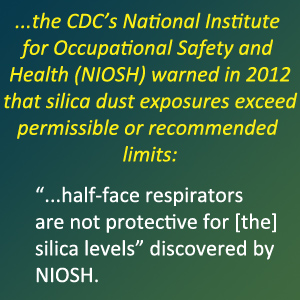 samples from 11 fracking sites to evaluate worker exposure to crystalline silica which …causes silicosis, an incurable lung disease. “The magnitude of the exposures is particularly important: … (31%) of the samples exceeded the NIOSH Recommended Exposure Limits (REL) by a factor of 10 or more. The significance of these findings is that even if workers are properly using half-mask air-purifying respirators, they would not be sufficiently protected.” (From: the NIOSH Field Effort to Assess Chemical Exposures in Oil and Gas Extraction Workers ) (For much more on crystalline silica exposures, see our “News & Research” page.)
samples from 11 fracking sites to evaluate worker exposure to crystalline silica which …causes silicosis, an incurable lung disease. “The magnitude of the exposures is particularly important: … (31%) of the samples exceeded the NIOSH Recommended Exposure Limits (REL) by a factor of 10 or more. The significance of these findings is that even if workers are properly using half-mask air-purifying respirators, they would not be sufficiently protected.” (From: the NIOSH Field Effort to Assess Chemical Exposures in Oil and Gas Extraction Workers ) (For much more on crystalline silica exposures, see our “News & Research” page.) - Across all industries in 2010, 1/5 of fatal workplace highway crashes occurred among oil and gas workers and, of the 2,200 oil and gas industry trucks inspected from 2009 to February 2012 by state police in Pennsylvania, 40 percent were in such poor condition they had to be taken off the road.
- Between 2010 and 2011 (nationally), the number of drilling rigs increased by 22 percent while the number of inspections at those sites decreased by 12 percent.
And this from The News Tribune on February 24, 2014:
- Injury claims, government data and public records of oil field accidents …show the federal government failed to implement safety standards and procedures, according to a Houston Chronicle investigation.
- …a lack of government inspections and shoddy practices by many oil and gas companies. …federal authorities have failed for 22 years to implement safety standards and procedures for onshore oil and gas drilling. OSHA said it will review the industry’s exemption on detailed safety rules developed in 1992 after a series of disasters at refineries and chemical plants.
- OSHA has only 95 inspectors to oversee safety rules for all Texas work sites and few have oil and gas-related experience or training, the newspaper found.
- For all our sakes, remember that you are not alone. Join Damascus Citizens for Sustainability at our GasVets website. Add your story to our forum. Take our Natural Gas Exploration & Production Health & Community Impacts Survey. Use the Survey and your responses to tell the Agency for Toxic Substances and Disease Registry (ATSDR) that you want a Public Health Assessment conducted in your community and a federally-maintained Registry of Natural Gas Injuries.
Vietnam Veterans and other harmed groups learned that their health issues would be  ignored unless their voices and demands were joined in a concerted effort. It’s your turn now.
ignored unless their voices and demands were joined in a concerted effort. It’s your turn now.
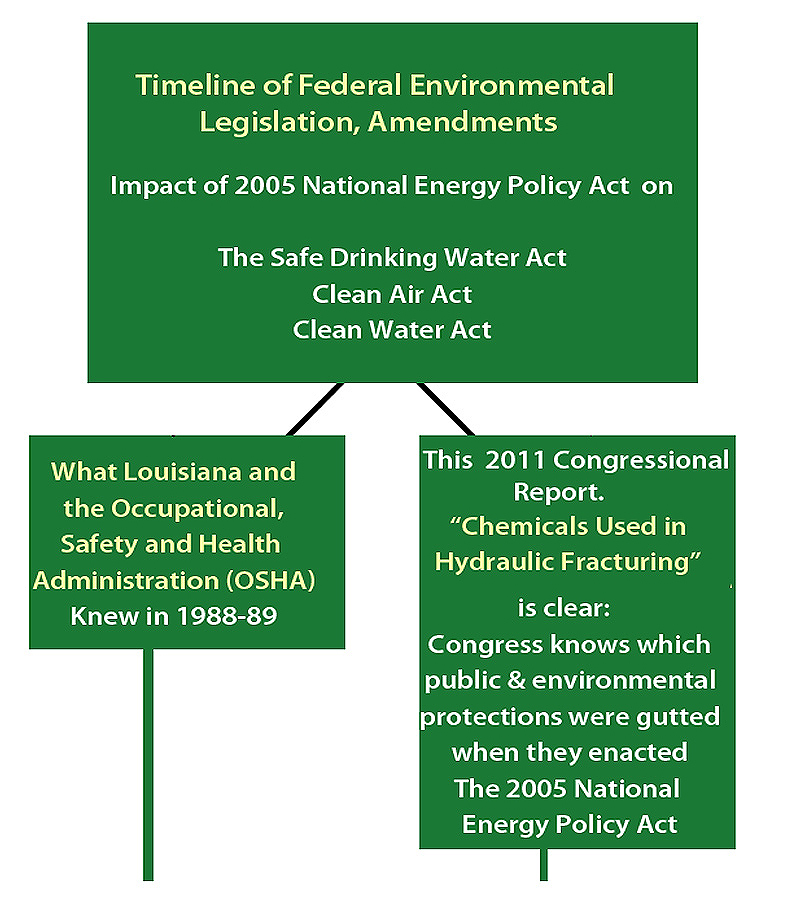
Click the image to download DCS’ Timeline of Federal Regulations which includes data from “What They Knew in 1988-89,” and the 2011 Committee Report that describes the damage done by the 2005 National Environmental Policy Act.
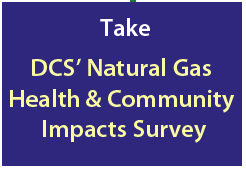
Click to find out more about the Survey and to participate as an individual, a family or a community.

Brilliant legal strategies are winning in Pennsylvania, Texas and elsewhere. They may well shape the environmental and health future of our nation.

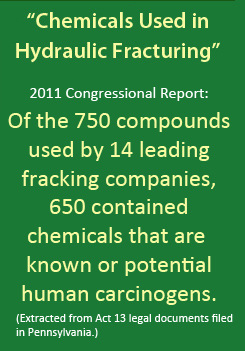


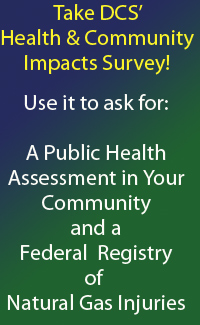

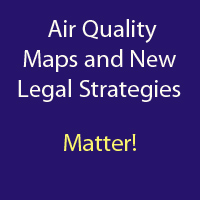
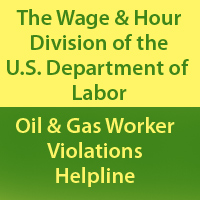
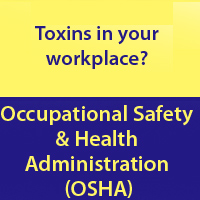
Follow Us!